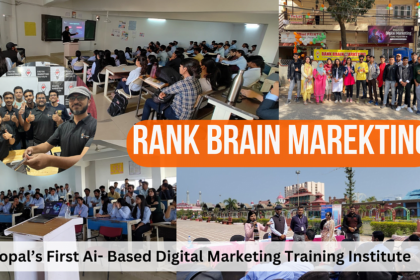Latest Digital Marketing News
WordPress Newspaper Theme Free 2024 (Lifetime Validity) | Latest Version
WordPress Newspaper Theme Free - Newspaper is a WordPress theme that lets…
Google Adsense Se Paise Kaise Kamaye Check Process: गूगल एडसेंस से घर बैठे पैसे कैसे कमाए देखिए, Best Earning Source
Google Adsense: गूगल ऐडसेंस एक गूगल का ही प्लेटफार्म है गूगल के…
Ghar Baithe Paise Kaise Kamaye : घर बैठे के पैसे कैसे कमाए?
पहले पैसे कमाने के लिए दूसरे शहर या तो देश में भी…
Best Digital Marketing Training Institute in Bhopal (Offline/Online) 2024
Best Digital Marketing Training Institute in Bhopal (Offline/Online) 2024
❤️Best Digital Marketing Course Training, MP Nagar in Bhopal
For companies of all sizes, having a strong online presence is essential…
SEO isn’t working for you for 8 reasons
Is SEO not working for your business? Don't worry, you are not…
What Is A Competitor Analysis?
Competitive Analysis of Digital Marketing Competitor analysis can imply very diverse things…
Top Digital Marketing Trends for 2024
As a result of the internet, (Digital Marketing Trends) customers have become…
What is a Digital Marketing strategy?
A Digital Marketing strategy is a plan that is specifically created to…
6 Successful Examples Of Mind-Blowing Marketing Tools
For your blog to succeed in going viral, having the correct marketing…











